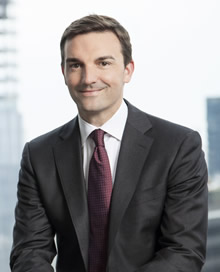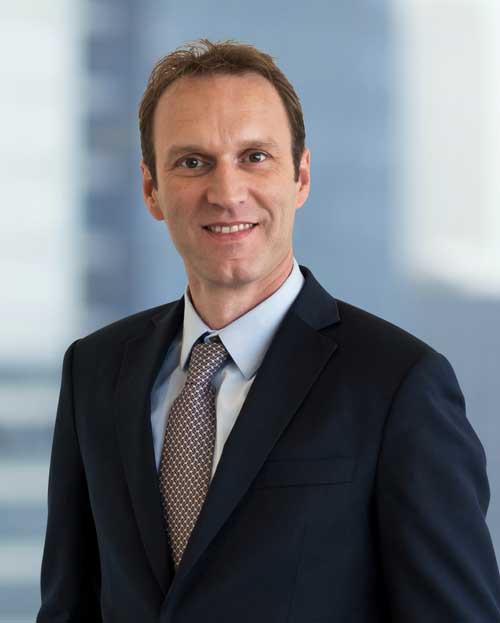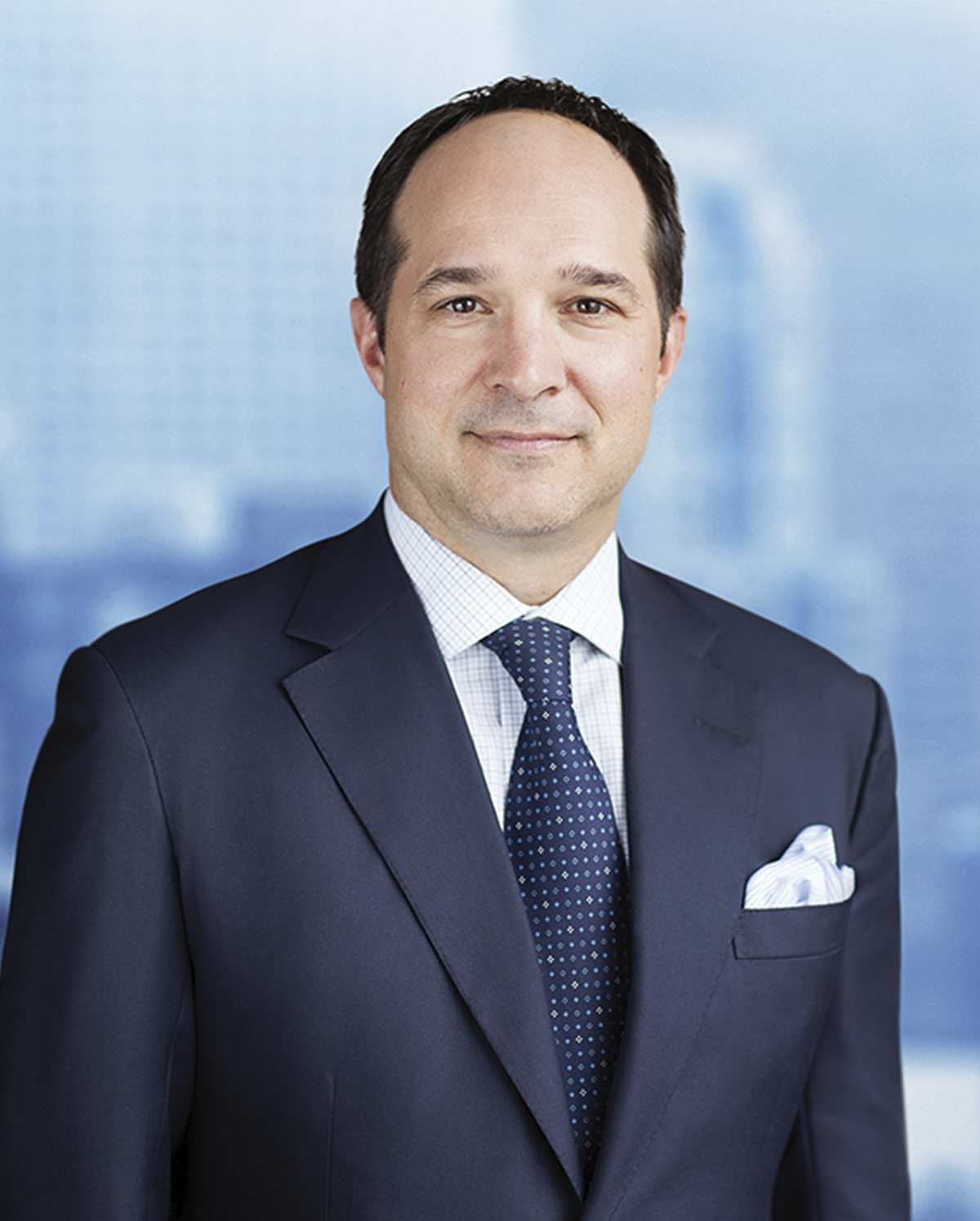PARTNER CONTENT

This long-standing series is a quick way to tap into timely and relevant issues answered by industry experts.
December 9, 2024 | Investments
Why Should REITs Be Part of Your 2025 Investment Strategy?
Answer from Samuel Sahn, Managing Partner & Portfolio Manager at Hazelview Investments
REITs are poised for a resurgence in 2025…
As you plan your 2025 investment strategy, consider the unique advantages REITs bring to a portfolio: steady dividend income, capital appreciation potential, inflation protection, and diversification benefits. After years of underperformance, REITs are poised for a resurgence, offering attractive valuations and compelling opportunities for income and growth.
REITs provide reliable dividend yields that often outpace those of traditional equities and compete with fixed-income instruments, making them particularly appealing in today’s shifting economic environment. Moreover, their ability to hedge against inflation—thanks to rising rents—adds a layer of protection for investors. Finally, REITs’ low correlation with stocks and bonds enhances portfolio diversification, improving overall stability and risk-adjusted returns.
Hazelview Investments leverages 25 years of global industry expertise and an active management approach to identify and capitalize on emerging opportunities, even in challenging market conditions. Our recent whitepaper, Why REITs, explores these benefits in depth, along with the potential for active management to outperform passive strategies in this dynamic market. As a trusted partner in real estate, we’re committed to helping investors unlock the full potential of this asset class.
Looking ahead, stay tuned for our Global Public REIT Outlook Report, releasing in January. This comprehensive report will provide insights into the trends shaping 2025 and outline why REITs deserve a prominent place in your portfolio.
Discover more today—read our whitepaper and prepare to seize the opportunities REITs offer in the year ahead.
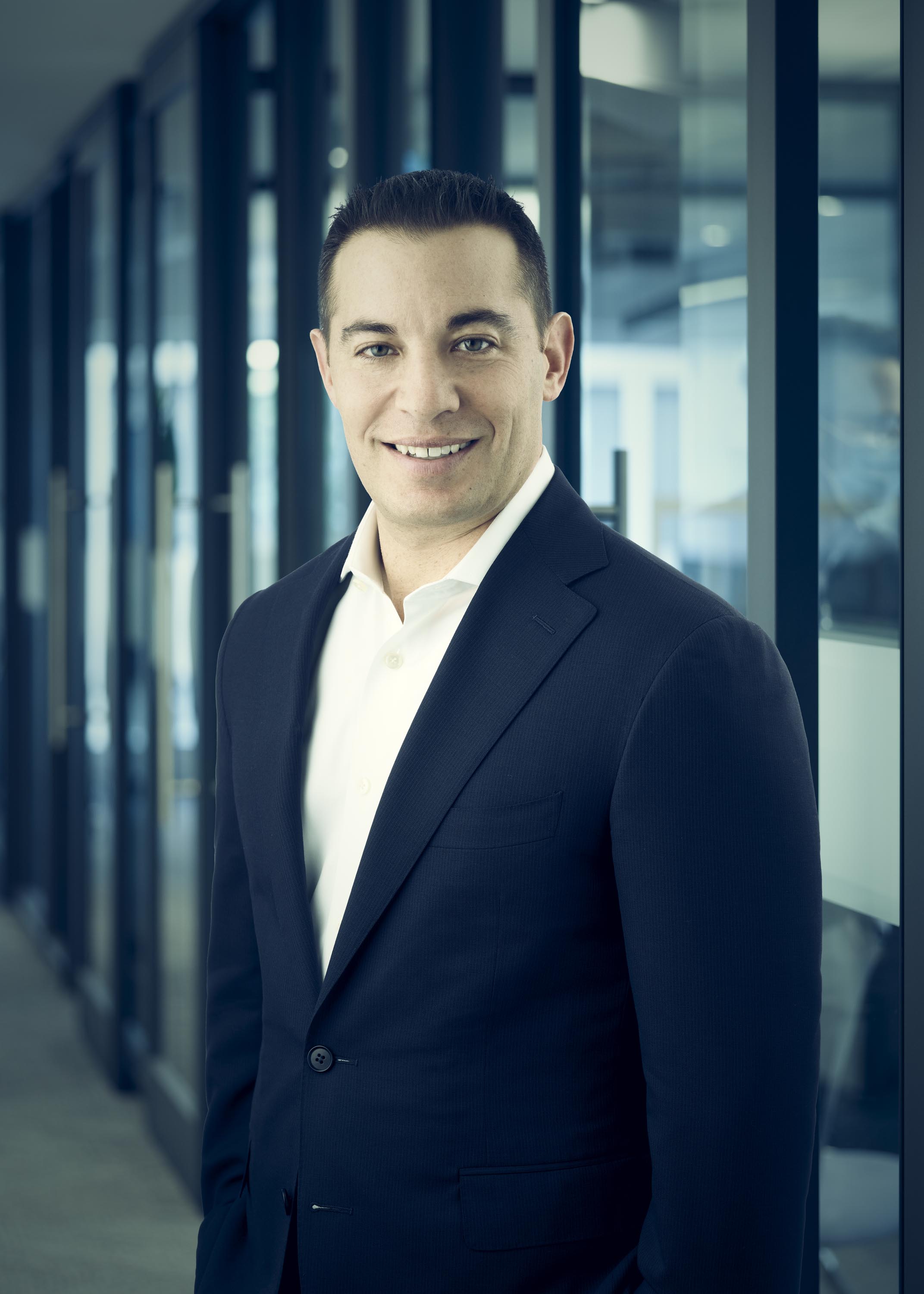
December 5, 2022 | Investments
Where are potential strategic opportunities in emerging markets debt?
Answer from Marco Ruijer, CFA, Portfolio Manager, Emerging Markets Debt Team, William Blair Investment Management
Emerging markets debt (EMD) investors face headwinds in the last quarter of 2022, thanks to monetary tightening, geopolitical tensions, energy crises, and economic weakness in China. However, despite the uncertainty, we have a constructive medium-term view.
EMD fundamentals remain supportive despite less favorable fiscal and debt dynamics being driven by softer economic conditions, and in our opinion, emerging markets debt valuations remain compelling on both an absolute and relative basis, with spreads remaining wider than their historical levels.
Our EMD team continues to favor high-yield issuers over high-grade issuers, and remains strategically overweight in higher-yielding, frontier markets, where we believe the risk premia continue to overcompensate investors for credit risk and volatility.
However, we still see scope for fundamental differentiation among countries. Our EMD team prefers commodity-exporting countries, especially in the energy space, but remains cautious about countries with strong trade and financial links to Russia, as well as countries with strong dependence on food and energy imports.
We also continue to see opportunities in select distressed debt positions, where we believe bond prices do not reflect realistic assumptions for default risk and recovery values.
Lastly, our EMD team continues to prefer countries with easier access to financing, especially those that have strong relationships with multilateral and bilateral lenders.
September 19, 2022 | Investments
What defines William Blair’s approach to value strategies?
Answer from Matthew Fleming, CFA, Co-Portfolio Manager, U.S. Value Equity Team, William Blair Investment Management
William Blair’s value equity team has worked together for years—even prior to joining William Blair. And one of the hallmarks of our approach is that it’s bottom-up, meaning it’s led by investment analysts. Our analysts are encouraged to challenge portfolio managers and each other. Everything is up for debate. There are no sacred cows; anything that’s in the portfolio, however long we’ve owned it, is open for discussion. We really pride ourselves on being willing to discuss anything and everything as a team.
I would also describe our process as the combination of value and quality. We’re looking for very high-quality companies that are trading at what we believe is a discount to their intrinsic value. This could be caused by several different situations—overlooking companies; misunderstood companies that are going through a transformation the market is not appreciating; or any area of potential or unrecognized value.
We think of this as finding the four-leaf clover in a field of three-leaf clovers.
To determine the quality of a business, we look for companies with differentiated products or services, very strong margins and return profiles, and very importantly, high free-cash-flow generation and low balance-sheet leverage.
Additionally, we look for empirical evidence that a company is a market leader; that companies are run by management teams that are aligned with shareholders; and evidence of superior capital allocation, both within the business and in shareholder capital—things like buy-backs and dividends.
It’s a very qualitative assessment of the business being supported by quantitative evidence.
June 20, 2022 | Investments
Is the long run of growth over value over?
Answer from Ken McAtamney, Partner, Head of the Global Equity Team, William Blair Investment Management
Thus far in 2022, we’ve seen one of the most significant style rotations of the past few decades, which leads us to a discussion of equity valuations.
The general relationship between rates and valuations holds. We expect gradual monetary tightening and removal of excess liquidity—leading to further multiple contraction as rates go higher.
This has direct implications for the performance of growth equities relative to value equites, and we’ve seen this play out in 2022. Valuation as a factor has been, by far, the strongest driver of performance year-to-date.
We don’t think this means the long run of quality growth over value is over. Many of the drivers of growth’s outperformance are still in place: positive but lower economic growth, low (albeit rising) interest rates, and a competitive landscape in the real economy (which acknowledges the structural advantages of some areas of the economy as well as differentiated, innovative business models.)
But as the saying goes, the more things change, the more they remain the same. We believe the innovation and disruption cycle remains solid. The dynamic shifting of corporate winners and losers is a constant, and again, may have accelerated. Importantly, durability (or improvements in corporate competitive advantage) will likely remain underappreciated.
May 16, 2022 | Investments
How does impact investing seek to support Sustainable Development Goals?
Answer from Monika Freyman, Vice-President, Sustainable Investing, Addenda Capital
Impact investing is an approach that features the intent to achieve positive, measurable social and/or environmental impacts alongside a financial return. Such is the definition championed by the Global Impact Investing Network, the key industry group helping develop standards and methods. Many impact strategies focus on the United Nations’ Sustainable Development Goals (SDG). However, the financing gap to meet these needs in developing countries has increased dramatically as a result of COVID-19, jumping from US$2.5 trillion annually to an estimated US$4.2 trillion, according to the OECD. The pandemic has made it even more critical for private capital to allocate to these goals.
Financial returns and goals vary depending on how an impact strategy is developed. For some strategies, expected returns may be lower than the benchmark. For others, including Addenda Capital, the approach aims to provide returns that are comparable to those in the market.
Impact investing is different than environmental, social and governance (ESG) integration which does not tend to have the intent to track positive measurable impacts. Rather, ESG integration looks to consider a broad list of E, S and G factors to improve risk/return outcomes and often features active engagement with companies on these issues to drive positive change.
In other words, impact investing is more intentional, with associated key performance indicators (KPI) reporting.
Originally, impact investing began to grow through private equity and venture capital asset classes focused on themes such as micro-lending, financial inclusion and numerous other areas inspired by the massive gaps in meeting the UN’s Sustainable Development Goals. It has since more actively been applied to a greater number of asset classes including fixed income and public equities.
At Addenda Capital, broad themes in which we invest to make an impact are climate change, health and wellness, education, and community development. The firm has also included Indigenous economic opportunities in its focus areas. The quest to effect change is what led Addenda Capital to also create its Impact Fixed Income Fund, whose goal is to address modern-day challenges while seeking to meet the needs of clients.
To learn more about our sustainable investing solutions, visit our website.
April 18, 2022 | Investments
What does net zero investing involve?
Answer from Roger Beauchemin, President and CEO, Addenda Capital
Net zero investing is about listening to the science, which has never been clearer. When an investment firm commits to net zero investing, it means that its approach aligns with the goal of a net zero emissions society by 2050 as countries seek to limit warming to 1.5 degrees Celsius.
There are a few ways to align portfolio assets with net zero ambitions. One way is to select companies that are taking specific steps to actually reduce their emissions in accordance with science-based targets. For an investment firm, this also involves engaging with these companies as they work to achieve their reductions goals. Another way could include divesting from certain sectors to various degrees, while another may feature a blend of different strategies.
Addenda Capital is one of the Canadian firms that joined the Net Zero Asset Managers (NZAM) initiative, committing to work with clients on decarbonization goals. We have also launched two climate transition equity funds. The strategy, which revolves around the selection of companies that have adopted clear reductions targets, includes gradually reducing the portfolios’ carbon footprint to lower levels relative to their benchmarks, strengthening selection criteria over time and practicing stewardship.
We need to use the portfolio as a fulcrum to decarbonize the real economy. In addition to supporting the economy, it is helpful to our clients’ portfolios because it allows us to calibrate risk. As investment managers, we are the stewards of our clients’ assets and our goal is to generate compelling financial returns and help them achieve their objectives.
To learn more about sustainable investing solutions, visit our website.
March 21, 2022 | Investments
How do you define and locate leading companies?
Answer from Alaina Anderson, CFA, Partner, Portfolio Manager, International Leaders,
William Blair Investment Management
We believe that strong corporate performance drives superior investment returns, and quality is an indicator of strong corporate performance.
In seeking quality, we seek to identify companies in developed and emerging markets that create value sustainably—what we call “leaders.” We cast a wide net across regions, industries, and market capitalizations.
Leaders are not simply steadily earning companies gobbling up market share. We purposefully seek to diversify our holdings across three uniquely defined corporate lifecycle stages, and thus tend to have ample exposure to mid- and smaller-cap companies.
We invest in disrupters—companies in their early development but beyond the start-up phase—which we call emergent growth companies. We also invest in companies that graduate from the emerging growth phase to have more proven business models and certain growth rates, which we call expanding growth companies. Lastly, we invest in established, stable market-share owners that have strong, recognizable brands, which we call sustained growth companies.
In evaluating companies across all of these lifecycle stages, we also look to environmental, social, and governance (ESG) analysis to help our fundamental assessment of the company’s ability to create sustainable long-term value.
By creating portfolios focused on leading companies with intentional attention to diversity across the corporate lifecycle, we believe that we have the potential to produce strong absolute and risk-adjusted returns and help protect capital in down markets—which is critical for Canadian pensions.

August 10, 2020 | Benefits / Investments
How can workforces become stronger and healthier in the midst of a pandemic?
Answer from Daniel Martz, CEO, EQ Care
Canadian organizations have been increasingly adapting best practices to ensure the sustainable health and safety of their workforces in this extended era of Covid-19. This must continue, especially now, as employees start to slowly return to the workplace after a prolonged absence during the height of the pandemic.
To this end, EQ Care, the Canadian pioneer in telemedicine, is uniquely equipped to mitigate the stress and anxiety of employees who are making this transition under the cloud and fear of this unprecedented time.
As Canadians are understandably feeling anxious, as reported in Benefits Canada, there is a wave of forward-thinking employers who are providing flexible virtual healthcare services in their benefits plans.Even before the pandemic, more companies were adopting telemedicine as a valuable service to enhance their employees’ health and productivity.
Guided by over three decades of healthcare management expertise, EQ Care patients are able to speak face-to-face with Doctors, mental health professionals and a wide network for specialists. In fact, patients and their family members are just “Two Clicks to Care."
Our promise is to always provide simplicity, flexibility and empathy to best deliver the experience of EQ Care’s Human Touch.
In a national survey of 1,500 Canadians by the Angus Reid Institute for EQ Care, those polled across every demographic showed a clear preference for virtual healthcare delivered by human beings with compassion. That is why we are doubling down on the Human Touch while integrating cutting edge decision support technology for a better and more efficient patient experience.
Canadian businesses should also consider the broad implications of a looming mental health crisis that is emerging as a health issue for years to come. Impactful tools — like EQ Care’s Digital Cognitive Behavioural Therapy (dCBT) platform, which is supervised by dedicated therapists, can help fortify a more robust and comprehensive response to an unprecedented crisis.
When practiced optimally, EQ Care innovations like dCBT can help the public healthcare system, improve the mental and physical wellbeing of working populations and their families, and are valued as being among the best investments any business can make.
August 3, 2020 | Investments
Tell us about Sun Life’s Group Retirement Services Environmental, Social and Governance (ESG) evaluation framework for your core investment platform and why it’s an important focus for you now?
Answer from Kate Nazar, VP, Strategy and Market Development, Group Retirement Services, Sun Life
Sustainable Investing is an integral pillar in Sun Life’s overall sustainability strategy. Not a day goes by when we don’t read about how COVID-19 has strengthened the case for incorporating ESG factors into investments. The current financial and health crisis has enhanced the importance of the Social and Governance factors, to a similar level that Environmental factors were, pre-pandemic.
Over the past three years, we’ve collected a robust body of knowledge about how each investment manager on our core investment platform integrates ESG factors into portfolio construction. With this, we’ve developed a proprietary ESG evaluation framework that we announced in July. Our framework covers funds available in every major asset category on the Group Retirement Services (GRS) platform. This framework is an extension of our industry-leading governance program managed by our Investment Solutions team.
The goal of our framework is to make it easy for plan sponsors to identify ESG leaders on our platform and help them understand ESG integration in their current line-ups.
We’re ready to start the conversation with plan sponsors about how they can align their corporate sustainable strategy to workplace savings plans. We can all contribute to a more sustainable future.

March 19, 2018 | Investments
How are new technology trends affecting global real estate investing?
Answer from Tim Bellman, MA, Head of Global Research Invesco Real Estate
We see five trends with the potential to challenge and/or benefit global real estate investments.
- E-commerce and the sharing economy are boosting leasing demand for industrial office and data centre properties but are a headwind for some retail properties. In addition, online health care delivery could reduce demand for spaces dedicated to health care, medical offices and seniors’ housing.
- Job automation and artificial intelligence are a similar good news/bad news story. These trends benefit leasing demand in tech-centric locations but are a net negative for back offices. They could also change the nature of retail-space demand as retailers start to offer virtual shopping experiences.
- Autonomous trucks can drive further without stopping and, as they take to the road, could reconfigure supply chains. Meanwhile, autonomous cars may reduce the need for large parking lots, leaving those properties with adaptable parking better positioned.
- Robots can boost efficiency and reduce labour demand. As the number of people working in warehouses shrinks, so will the amount of space that must be allocated to parking. Robots may also change the execution of last-mile delivery, with the potential to decrease delivery costs as they become more autonomous.
- Related to this is the development of drones, which could reduce last-mile delivery demand. Of course, drones need a place to land, so we anticipate changes to building design to accommodate them. Office real estate may benefit from additional “roof income.”
We’ll be closely monitoring the impact of all of these trends – and others that emerge in the future.
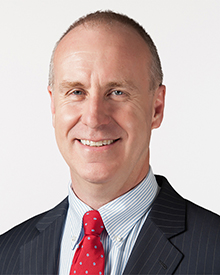
May 8, 2017 | Investments
What do you see as the risk/return trade-off for Canadian investors investing outside of their home real estate markets?
Answer from Matt Johnson, Head of Americas - Global Multi-Managers for
UBS Asset Management, Global Real Estate
www.ubs.com
Over the past 15 years the range between the best and worst performing core property market has averaged over 25 percentage points. This indicates that there are opportunities to enhance returns by investing in real estate outside of Canada. While it is not possible to perfectly pick those regional, country, and sector combinations that will outperform in the future, tactical allocations to certain markets and regions can help to maximize the probability of delivering higher returns, particularly after accounting for volatility.
The correlation between real estate markets is lower compared to the correlation between equity and bond markets. This means a global portfolio of real estate has proportionately lower risk when compared to local real estate than is the case for equities.
The returns that are available to domestic investors in a market are not necessarily those that would be experienced by a Canadian investor. Critically, returns will be delivered net of tax and so it is important that any decision to invest outside of Canada into global real estate looks at a net of tax position. Canadian investors also need to consider the potential impact of foreign currency volatility. Hedging foreign currency exposure can reduce the volatility of returns, but the cost of hedging may reduce the returns received by Canadian investors relative to domestic investors.
